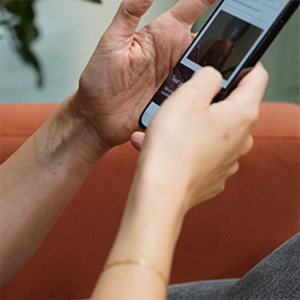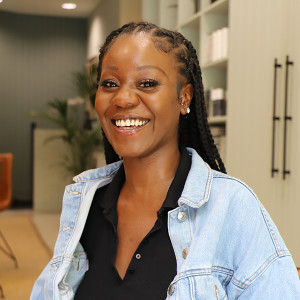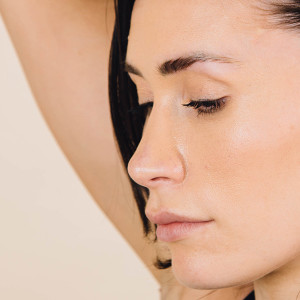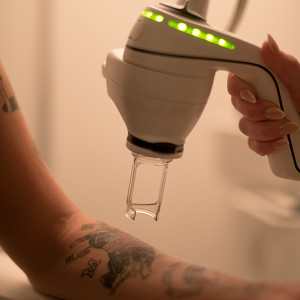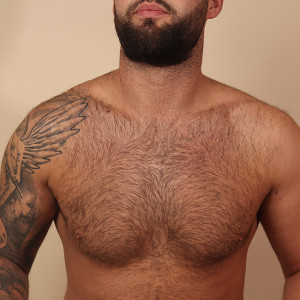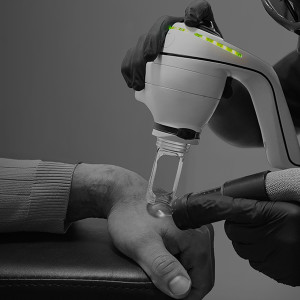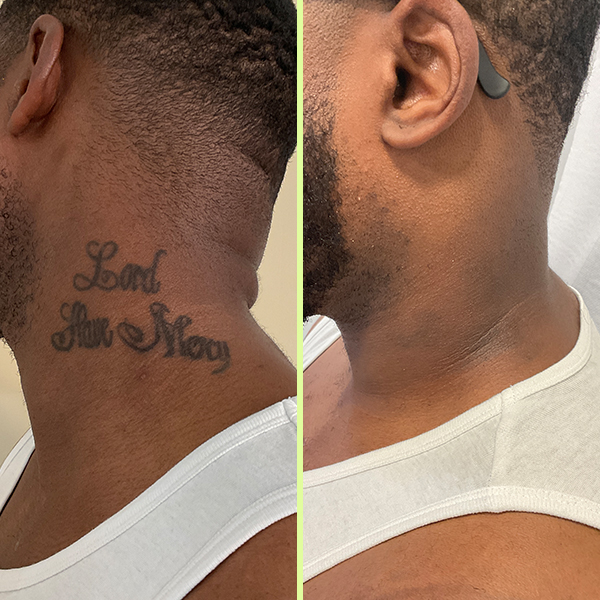
Safe laser tattoo removal for dark skin
Anyone can remove a tattoo. Only experts can remove a tattoo while maintaining healthy skin. For darker skin types at higher risk of damage, keeping your skin healthy should be a top priority. But not all lasers are equal, and few are able to provide safe laser tattoo removal on all skin types.
Discover LightSense™. World-leading technology that safely removes tattoos without damaging the skin's natural melanin, making tattoo removal on dark skin a safe and effective option.
Carl's tattoo removal
Tattoo-loving Carl found the LightSense™ laser "a dream" compared to older, more aggressive technologies.
Treatments tailored to your skin type
'One size fits all' isn't our style. And nor should it be. Protocols are bespoke and influenced by your skin tone, identified using the Fitzpatrick scale, for safe and effective treatment.*
We remove black tattoo ink on all skin tones. However, colour tattoo removals can only be performed on Fitzpatrick 1-3 skin types at present. Skin safety is our priority, and the laser settings required for colour removals put darker skin tones at high risk of melanin damage, known as hypopigmentation. We're working hard with physicists on a breakthrough, so watch this space.
*Your skin type might not neatly fit into these descriptions and that's okay; people aren't meant to fit into boxes. Speak to one of our experts and we'll advise a treatment plan tailored to you and your skin.
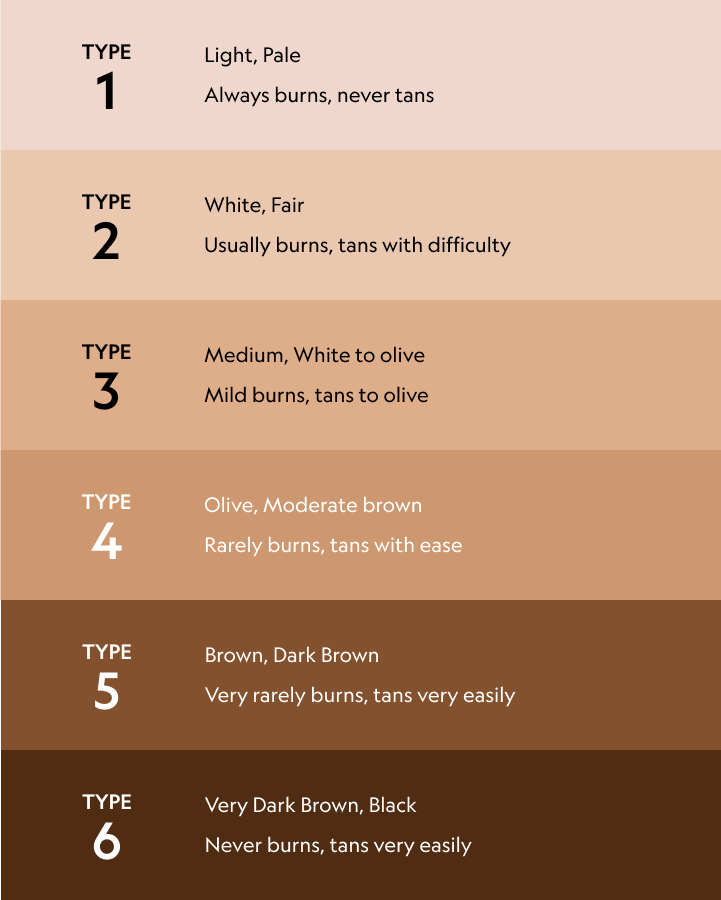


Fading for cover-up tattoos
Is your tattoo story just beginning? Fade your old ink and leave your skin healthy and ready for something new.
Client stories
Removals that end in smiles. Results that last a lifetime. We sit down and chat with some of our clients about their tattoo removal journey with NAAMA and what starting again with clear skin means to them. Read their stories below.
FAQs
We welcome and are able to treat all skin types at NAAMA. Black ink can be treated on all skin tones, but there are some limitations on treating colour inks on darker skin tones due to an increased risk of skin damage. We can only safely treat coloured inks on Fitzpatrick 1-3 skin types. Contact us today to receive a personal assessment.
The Fitzpatrick scale is a numerical classification of human skin types, from 1 to 6. We use this to assess individual skin types so we can create safe and bespoke treatment plans for each client. Your skin type might not neatly fit into one of these boxes, and that's okay! Speak to our team and we can go from there.
Your treatment plan is influenced by many factors, one of which is your skin tone. Darker skin types are at higher risk of skin damage, such as melanin loss, and we therefore take additional precautions to protect your skin. These include making adjustments to the precise laser settings and also the frequency of treatments, as your skin may need a longer gap between sessions. Our consultants are highly trained and experts at developing the perfect removal protocol for each client, so rest assured you're in safe hands. We do not currently offer colour tattoo removals for darker skin tones due to the risk of skin damage. We're working on a breakthrough but in the meantime, please speak to the team if you're unsure whether we'd be able to treat you; we're happy to help.

